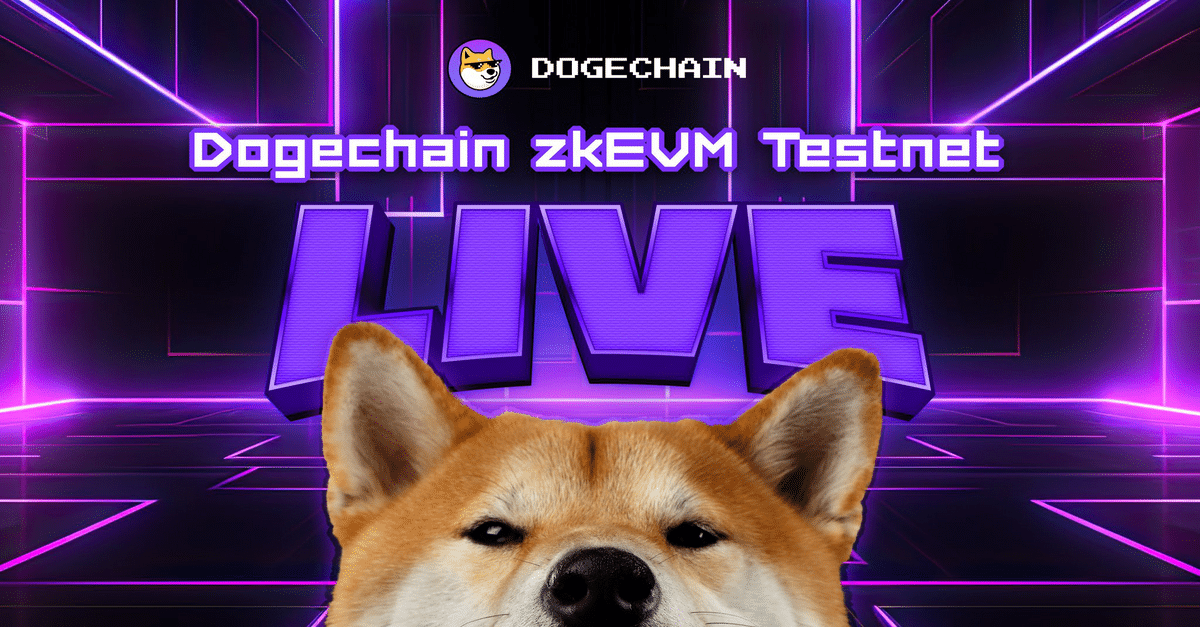Bitcoin
Separated Witness – Why is Taproot important to Ordinals?

Recently I learned SegWit, Taproot, Schnoor, and Ordinals. I can understand all these terms. But I don’t understand why people say Taproot makes Ordinals possible.
Taproot is actually version 1 of SegWit. Before Taproot, you could only set version 0 when using SetWit. But I think version 0 SegWit is already sufficient to implement the Ordinals protocol. In the same way, entering some data requires 2 steps/transactions.
- Commit the script by creating a P2WSH transaction. This is exactly what Ordinals does now (e.g. create a P2TR transaction to commit the script).
- Create a transaction that exposes the script.
witnessfield. It’s like what the Ordinals are doing now.
In the script it still says OP_FALSE OP_IF ... OP_ENDIF A pattern for inserting inscription data into a script.
So we can implement the Ordinals protocol without Taproot. Why do people say Taproot makes Ordinals possible?

